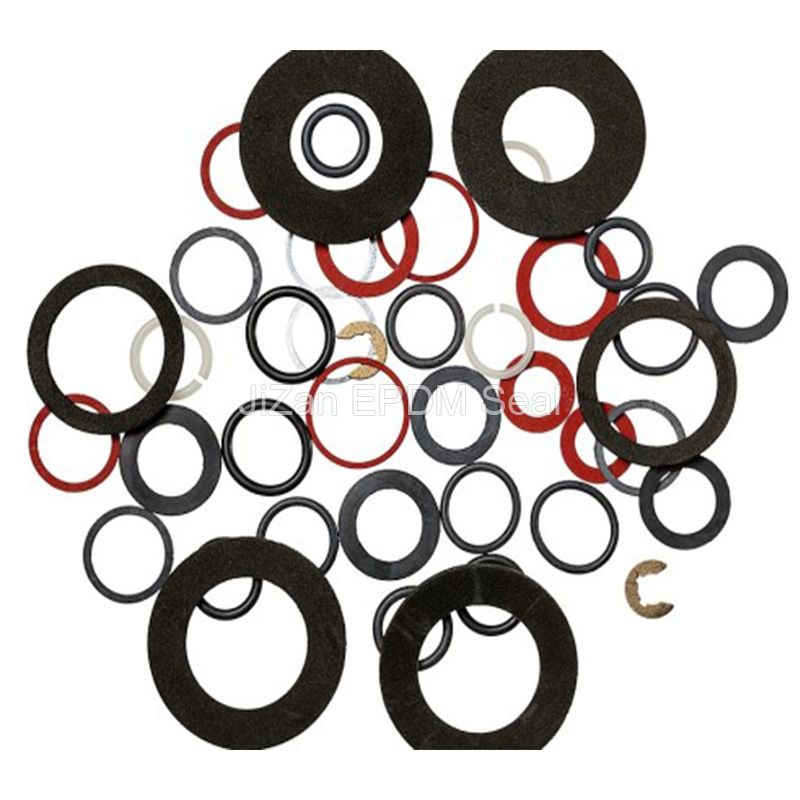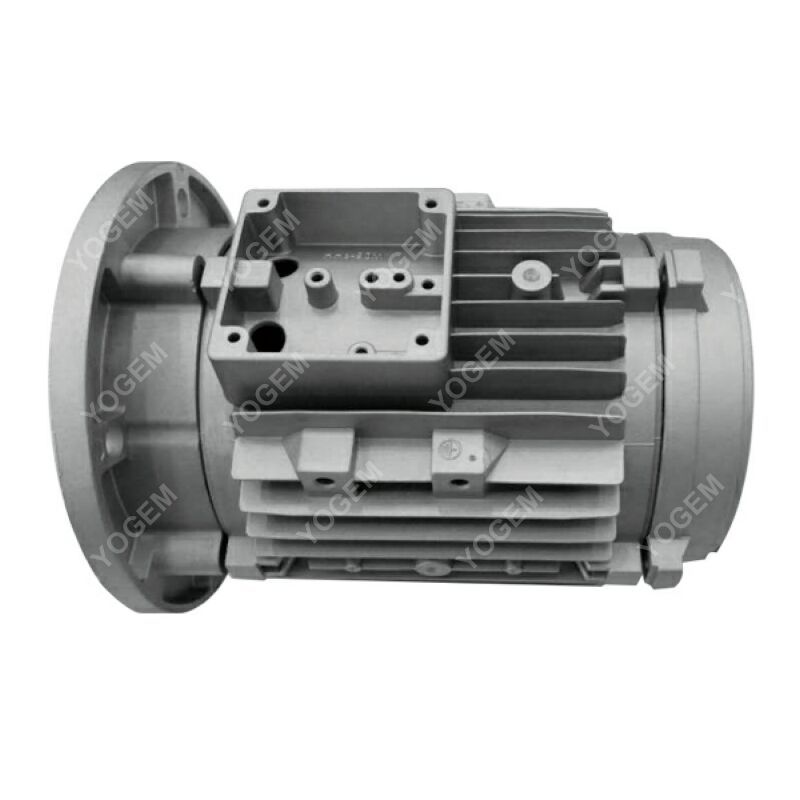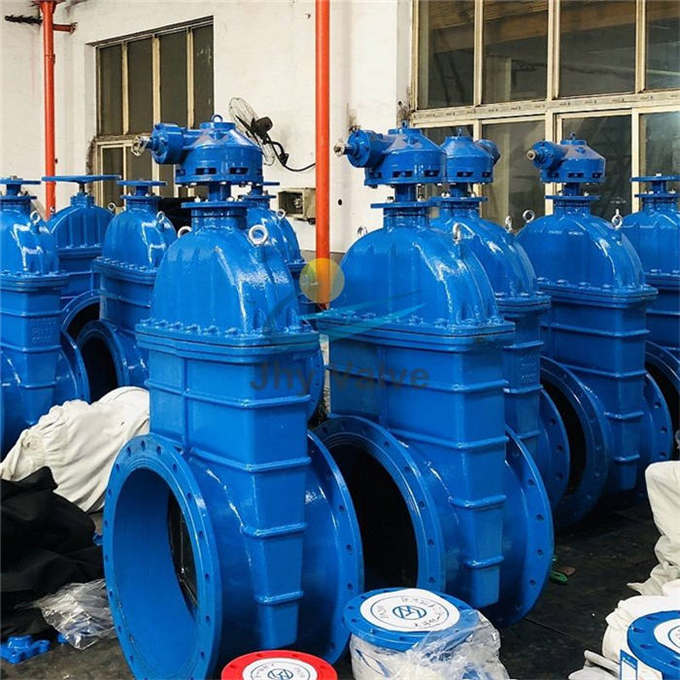What is a sealing gasket and its purpose?
When it comes to creating airtight and leak-free connections between mechanical components, a sealing gasket plays a crucial role. Whether you're dealing with pipelines, machinery, engines, or even household appliances, sealing gaskets are the unsung heroes that ensure fluids, gases, and other substances are contained within their designated spaces. In this article, we'll delve into the world of sealing gaskets, exploring their definition, types, materials, and most importantly, their indispensable purpose.
Defining Sealing Gaskets:
A sealing gasket is a mechanical component designed to fill the irregularities and gaps between two or more mating surfaces, creating a tight seal that prevents the escape or intrusion of fluids, gases, and contaminants. Essentially, a gasket acts as a barrier, sealing the space between these surfaces and maintaining a secure connection. It is typically made from a compressible material that can adapt to the varying shapes and sizes of the mating surfaces.
The Purpose of Sealing Gaskets:
The primary purpose of a sealing gasket is to prevent leaks and maintain the integrity of a joint or connection. Whether it's a high-pressure hydraulic system, a delicate electronic device, or a simple water pipe, gaskets play a vital role in ensuring that the contained materials do not escape or come into contact with external elements. Let's explore some specific purposes of sealing gaskets:
Fluid Containment: In industrial machinery, pipelines, and automotive engines, various fluids such as oil, coolant, and hydraulic fluids are used. Gaskets prevent these fluids from leaking out, which could lead to operational inefficiencies, environmental hazards, and even safety risks.
Gas Sealing: Gaskets are employed in applications that involve the transportation or containment of gases. For example, in the chemical industry, gaskets are essential to ensure that volatile or toxic gases do not escape and pose risks to workers or the environment.
Temperature and Pressure Resistance: Sealing gaskets are often subjected to extreme temperatures and pressures. They must be capable of maintaining their sealing properties even under such challenging conditions, ensuring that processes continue smoothly and safely.
Vibration and Movement Absorption: Machinery and equipment often experience vibrations and movements during operation. Gaskets help absorb these dynamic forces, preventing loosening of connections and subsequent leakage.
Electrical Insulation: In electronic devices and equipment, gaskets made from insulating materials serve to seal and shield sensitive components from dust, moisture, and electromagnetic interference.
Types of Sealing Gaskets:
There is a wide range of sealing gaskets available, each designed to meet specific requirements based on factors such as application, environment, temperature, pressure, and chemical compatibility. Some common types of sealing gaskets include:
Flat Gaskets: These are simple, flat-shaped gaskets typically made from materials like rubber, paper, or cork. They are often used in low-pressure applications.
Ring Gaskets: Also known as O-ring gaskets, these are circular gaskets with a cross-sectional shape resembling the letter "O." They are commonly used in hydraulic systems and pipes.
Spiral Wound Gaskets: These consist of a combination of metal and filler materials, wound in a spiral pattern. They provide excellent resilience against high temperatures and pressures.
Metal Jacketed Gaskets: These gaskets have a metal outer layer with a soft filler material inside. They are ideal for applications where both high pressure and temperature resistance are needed.
Compressed Fiber Gaskets: Made from compressed fibers like cellulose or aramid, these gaskets are suitable for a wide range of applications and offer good chemical resistance.
Materials Used in Sealing Gaskets:
The choice of material for a sealing gasket is critical to its performance and longevity. Different materials exhibit varying levels of resistance to temperature, pressure, chemicals, and environmental conditions. Common gasket materials include:
Rubber: Rubber gaskets, such as those made from neoprene or nitrile, are known for their flexibility and resistance to oil and water. They are widely used in automotive and plumbing applications.
Cork: Cork gaskets are often used for low-pressure applications due to their natural compressibility and resilience.
Fiber: Gaskets made from compressed fiber materials like cellulose or aramid offer good resistance to various chemicals and are suitable for general-purpose sealing.
Metal: Metal gaskets, like those made from stainless steel or copper, excel in high-temperature and high-pressure environments, making them suitable for industrial applications.
PTFE (Polytetrafluoroethylene): Commonly known as Teflon, PTFE gaskets offer exceptional chemical resistance and are used in applications involving corrosive materials.
In Conclusion:
Sealing gaskets might be small components, but their impact on the functioning of various systems and equipment is enormous. By creating secure seals between mating surfaces, these unassuming devices prevent leaks, maintain operational efficiency, and enhance safety across industries. Whether in pipelines, engines, electronics, or industrial machinery, the purpose of a sealing gasket is to ensure that the components it connects work harmoniously without any unwanted leakage or intrusion.
Related Articles
-
114
0
0










Comments